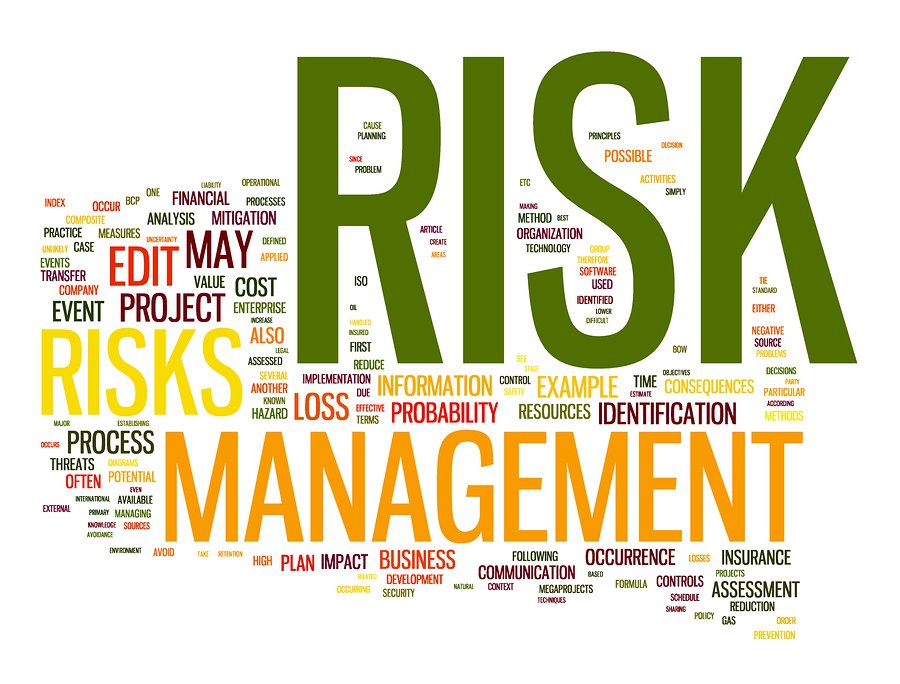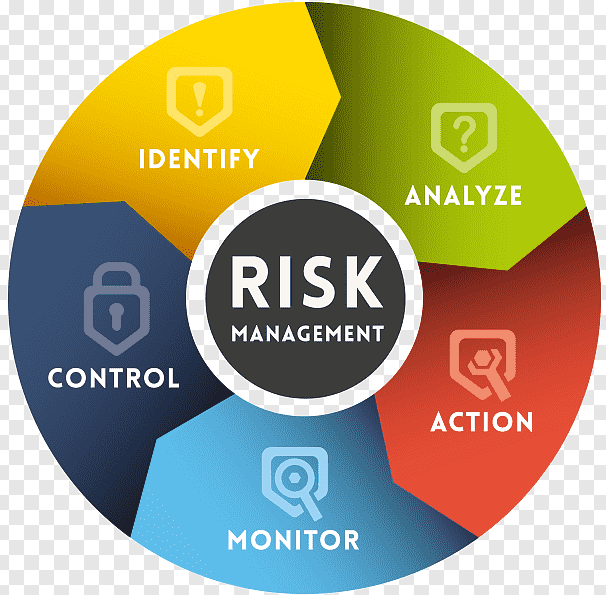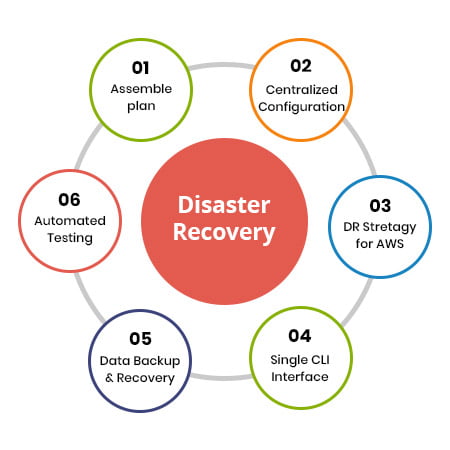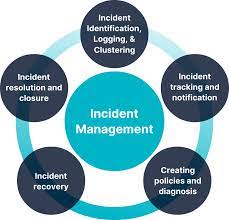TPRM - THIRD PARTY RISK MANAGEMENT

What is TPRM – Third-Party Risk Management?
TPRM stands for Third-Party Risk Management. It’s a crucial practice for any organization that relies on third-party vendors, suppliers, partners, or contractors to conduct business. Essentially, it’s the process of identifying, assessing, and mitigating the risks associated with these partnerships.
Why does your Organization require TPRM – Third Party Risk Management?
- Improved Risk Visibility and Management: TPRM helps organizations to identify and understand the risks posed by their third parties. This allows them to prioritize their risk mitigation efforts and allocate resources more effectively.
- Enhanced Compliance: TPRM can help organizations to comply with a variety of regulatory requirements, such as those related to data privacy, security, and financial crime.
- Reduced Costs: By identifying and mitigating risks early on, TPRM can help organizations to avoid costly disruptions, data breaches, and other incidents.
- Strengthened Relationships: TPRM can help organizations to build stronger relationships with their third parties by demonstrating their commitment to risk management.
- Improved Decision-Making: TPRM can provide organizations with the information they need to make informed decisions about their third-party relationships.
Why does your Organization require TPRM – Third Party Risk Management?
- Improved Risk Visibility and Management: TPRM helps organizations to identify and understand the risks posed by their third parties. This allows them to prioritize their risk mitigation efforts and allocate resources more effectively.
- Enhanced Compliance: TPRM can help organizations to comply with a variety of regulatory requirements, such as those related to data privacy, security, and financial crime.
- Reduced Costs: By identifying and mitigating risks early on, TPRM can help organizations to avoid costly disruptions, data breaches, and other incidents.
- Strengthened Relationships: TPRM can help organizations to build stronger relationships with their third parties by demonstrating their commitment to risk management.
- Improved Decision-Making: TPRM can provide organizations with the information they need to make informed decisions about their third-party relationships.
Our Approach
1. Defining Organizational Goals and Risk Appetite:
- Identifying the organization's overall risk tolerance and objectives for TPRM.
- Aligning TPRM goals with the broader Enterprise Risk Management (ERM) program.
- Determining the types of Third-Party Relationships that fall under TPRM scope.
2. Developing a TPRM Framework:
- Establishing clear policies and procedures for managing third-party risk.
- Defining risk assessment methodologies and scoring criteria.
- Outlining risk mitigation and remediation strategies.
- Assigning roles and responsibilities for TPRM activities.
3. Identifying and Inventorying Third Parties:
- Creating a comprehensive list of all third-party vendors, suppliers, and service providers.
- Categorizing third parties based on their criticality and risk level.
- Collecting basic information about each third party, such as size, location, and industry.
4. Conducting Risk Assessments:
- Evaluating the potential risks associated with each third party based on defined criteria.
- Considering factors such as financial stability, security practices, compliance history, and operational resilience.
- Applying risk assessment techniques and questionnaires to gather data and score risks.
5. Mitigating and Remediating Risks:
- Developing action plans to address identified risks based on their severity and likelihood.
- Implementing risk mitigation strategies such as contractual agreements, insurance, or monitoring activities.
- Collaborating with third parties to improve their security posture and compliance practices.
6. Monitoring and Continuously Improving:
- Regularly monitoring the performance and risk profile of third parties.
- Updating risk assessments as needed based on new information or changes in the relationship.
- Conducting periodic reviews of the TPRM program to ensure its effectiveness and alignment with evolving threats.





